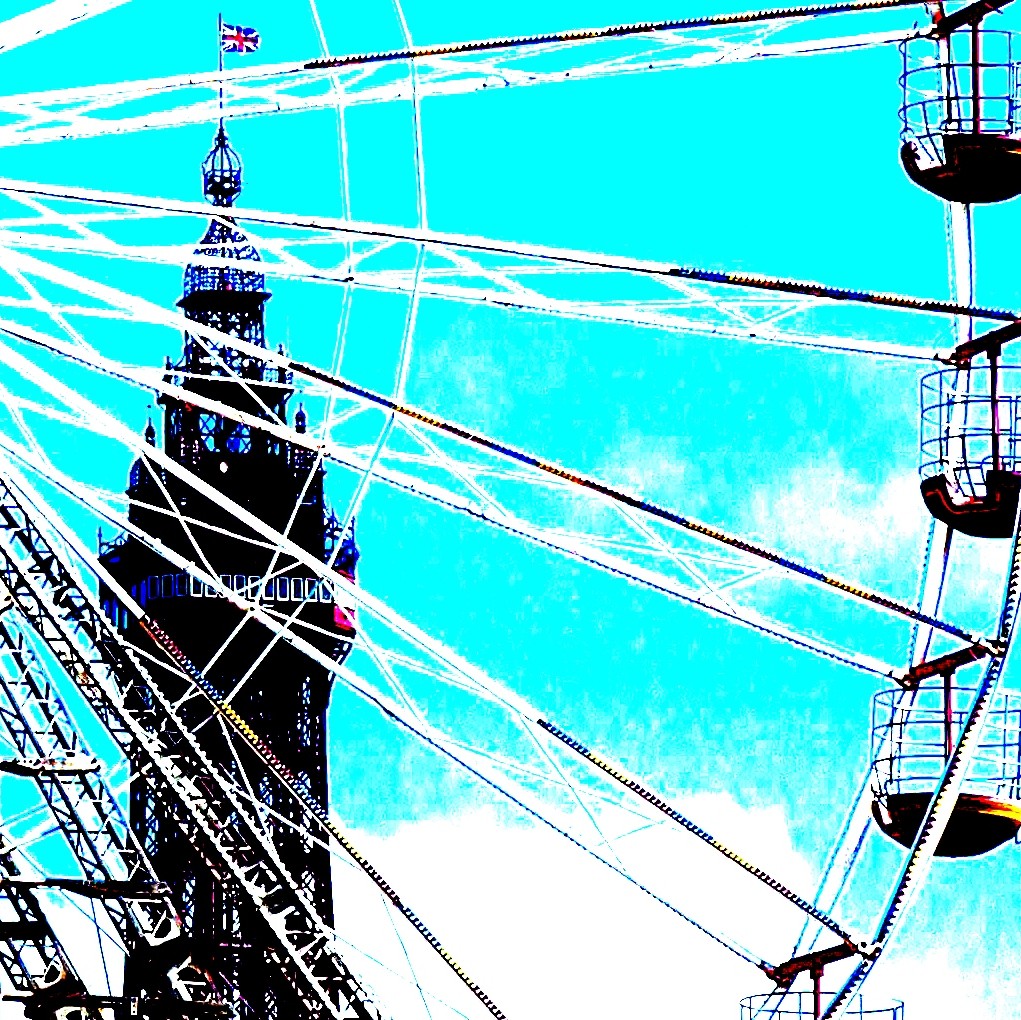Big Butterfly Count
Being a citizen scientist for the Big Butterfly Count is a great opportunity for being aware of what’s flitting around in the garden, parks, countryside and seaside.
It’s a snapshot challenge hoping the little blighters will stay still long enough before taking off. (Memo to subject: And while you’re posing, please keep your wings open!)
Not exactly “butterfly season” in December, but here’s a reminder of what we have to look forward to.
Red Admiral

Six-spot Burnet, Speckled Wood, Common Blue





Eyed Hawk Moth
This was a “first” for me. What I thought was a crinkly leaf clinging to the wall was a stunning quivering Eyed Hawk Moth. Scary and fascinating.

Why are my fuchsias being eaten alive?
Further investigation revealed the culprits. Four Elephant Hawk Moth caterpillars, the size of my index finger, feasting to burst before hunkering down for their long metamorphosis.
You looking at me?

Butterfly forecast
Not so good at this time of the year.
Date for Diary
Big Butterfly Count 12 July – 4 August 2024.














































































